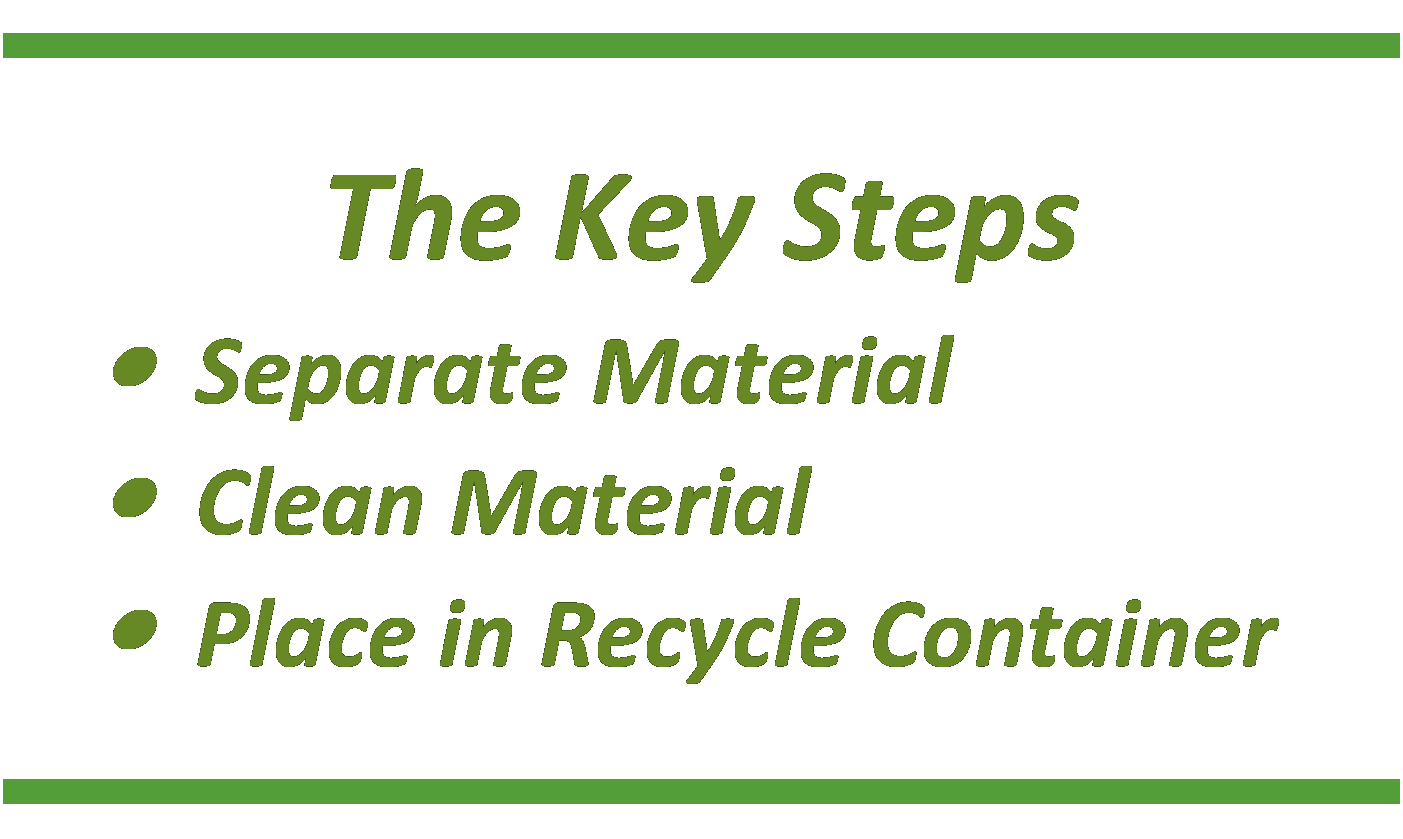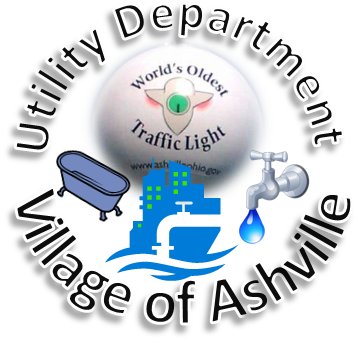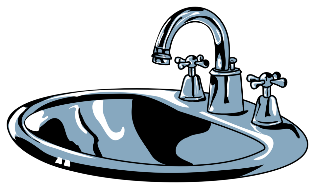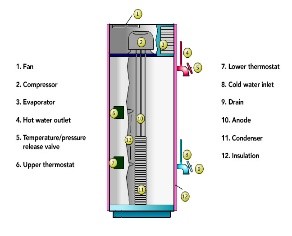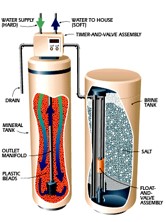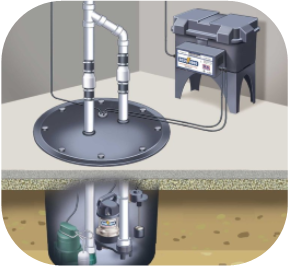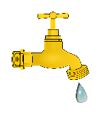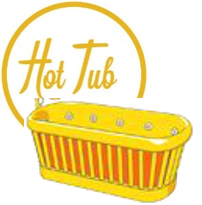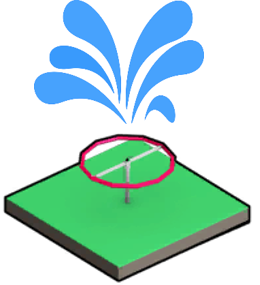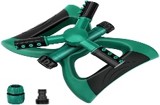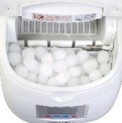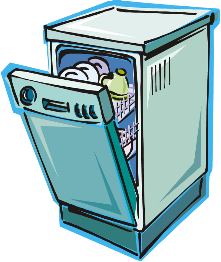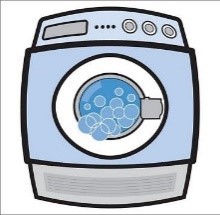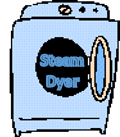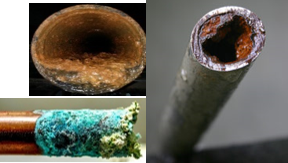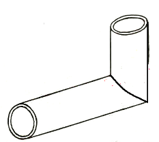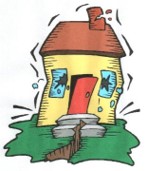Recycling and Refuse Services for the Village of Ashville are contracted through a SWACO's Consortium III using Local Waste Services. Bills are processed by the Village of Ashville Utility Department. By clicking on the links to the upper right you can access information on:
- Billing and Costs
- What and How to Recycle
- How to Implement and Recycling Program
- The Agreements now and in the past for recycling and refuse services
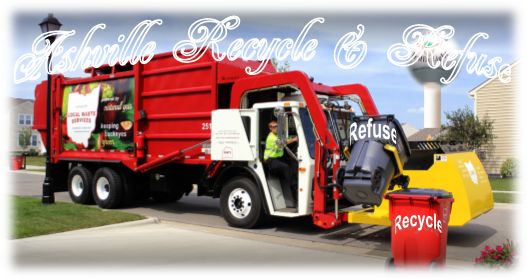
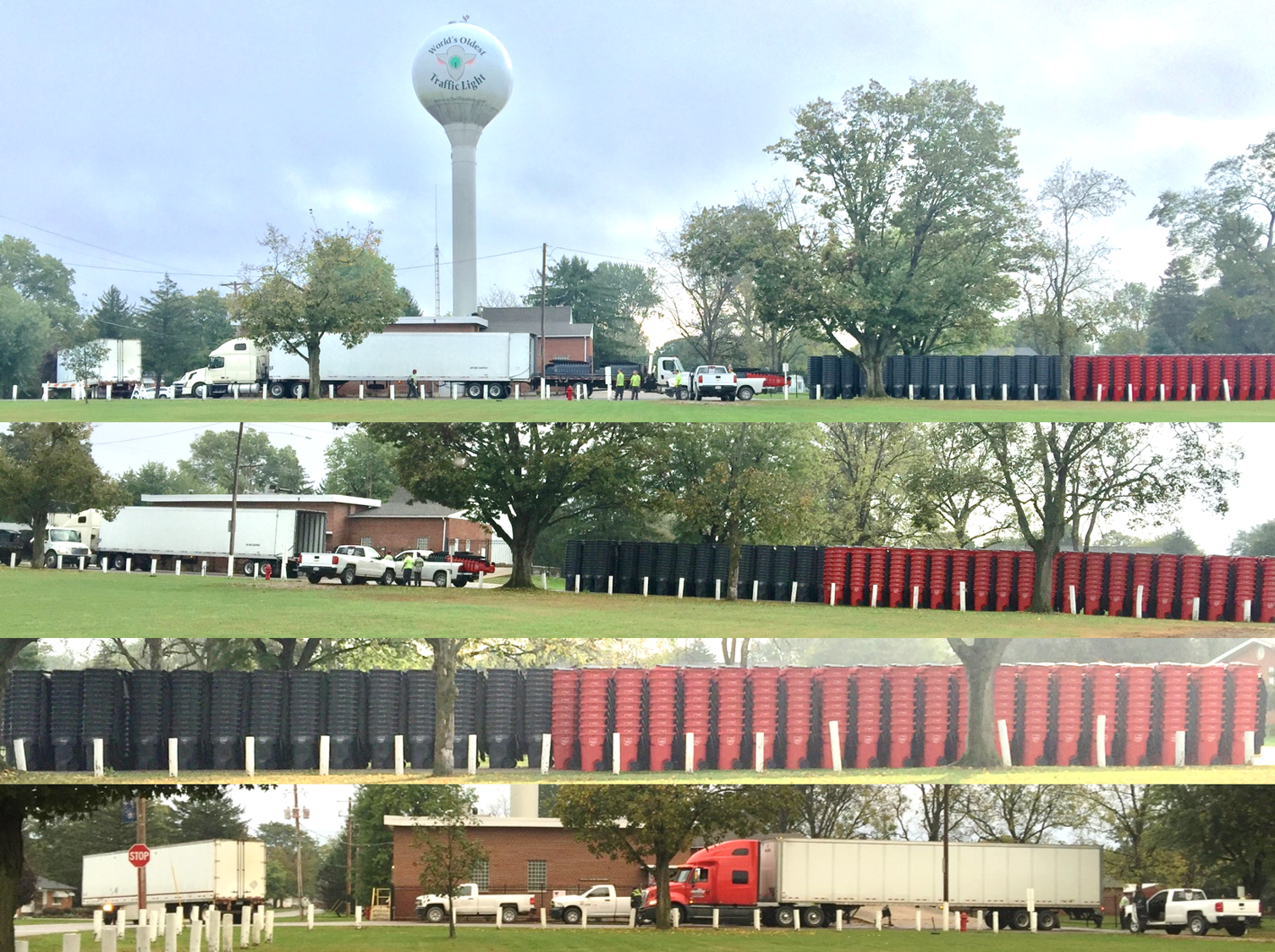

Local Waste Services
614-409-9375 Option 2
This email address is being protected from spambots. You need JavaScript enabled to view it.
This email address is being protected from spambots. You need JavaScript enabled to view it.
Residential Pick-up
Monday 6am-6pm
Holiday Pick-up is on Monday unless the Holiday is observed by LWS & is on a Monday. The following are observed Holiday's
New Year's Day, Thanksgiving, Memorial Day, 4th of July, Labor Day & Christmas Day
Commercial Pick-up is arranged through Local Waste Services
Village Residential
$21.19 for 2022-26 includes recycle & refuse toter
Senior Discount 10%
Village Senior Residential
$19.83 for 2022-26 includes recycle & refuse tote
Senior Discount Form
Commercial 1 pick-up / wk
Toters $28.24
Includes Recycle & Refuse
2 Yard $85.58
4 Yard $115.75
6 Yard $125.17
8 Yard $144.61
Commercial
2 pick-up / wk
Two times the rate to the left
If you need this service or you need a change in the size or frequency of service contact Local Waste Services at 614/409-9375 Option 2 or This email address is being protected from spambots. You need JavaScript enabled to view it.
65 Gallons Recycle 90 Gallons Refuse
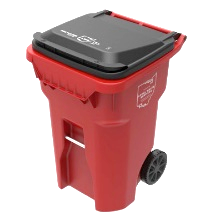

Toters for refuse and recycling will be provided as part of the 2022 Consortium III Agreement
Recycling is available at Teays Valley East Middle School Parking Lot

Recycling comes to Ashville
The symbol above will be used when the Village of Ashville is dealing with environmental topics. One component of recycling is the environment. What is now part of any comprehensive environmental programs is the financial impact. The Mayor and Village Council have determined that a balance of the environmental and financial interests have been reached concerning recycling. Therefore, it is time to bring curbside recycling services to our residents.
This recycling page will be dedicated to inform and educate.
We will answer questions like, “What can you recycle and what cannot be recycled”? Please use our Facebook Page as another method for “Questions and Answers”.

Accepted Co-Mingle Recycling
 Paper Materials (Acceptable)
Paper Materials (Acceptable)
- White Ledger Papers : Computer, Copy Machine, Typewriter Paper, White Ledger Pads, Machine Tape
- News Quality Papers : Newspaper, Phonebooks, Wide-lined Newsprint
- Folders : Manila, Colored and Coated Folders
- Mail : Letters, Brochures, Advertisements, Magazine
- Correspondence : Legal Pad Paper, Colored Paper, Message Sheets, Self Adhesive Notes, Index Cards
- Envelopes : Window Envelopes, Non-Window Envelopes, With or Without Labels, Colored, Coated
- Brown Papers : Brown Grocery Bags, Cereal Boxes, Beverage Carrier Boxes, Clean Pizza Boxes
- Cardboard Boxes : Broken down into 3ft x 3 ft sections
 Plastic Materials (Acceptable)
Plastic Materials (Acceptable)
- Plastic Containers / Plastic Bottles #1-7 : Milk Jugs, Soda Bottles, Laundry Detergent Bottles, Water Bottles, Shampoo Bottles, Contact Solution Bottles, Etc. – The base of the container must be wider than the mouth of the container.
 Metal Materials (Acceptable)
Metal Materials (Acceptable)
- Aluminum Cans : Clean Beverage and Food Cans, Etc.
- Steel Cans : Clean Soup, Food, and Aerosol Cans, Etc.
 Glass Materials (Acceptable)
Glass Materials (Acceptable)
- Clear or Colored Glass Bottles and Jars – Please rinse and remove lids.
Un-Accepted Items & Co-Mingle Recycling
 Paper Materials (Un-Acceptable)
Paper Materials (Un-Acceptable)
- Text Books – Glue binding contaminates paper.
- Candy Wrappers – Candy and sugars contaminate paper.
- DIRTY Plates, Cups and Napkins – Food contaminates paper.
- Facial Tissue and Paper Towels – Use of material contaminates paper.
 Plastic Materials (Un-Acceptable)
Plastic Materials (Un-Acceptable)
- Plastic Bags : Grocery Bags, Etc. Please return grocery bags to store.
- Butter Tubs or Whipped Topping Tubs (Food contaminates materials)
- Plastic Plates, Cups, Utensils, Food Trays, Etc. (Food contaminates materials)
 Metal Materials (Un-Acceptable)
Metal Materials (Un-Acceptable)
- Scrap Metal, Pots and Pans, Coat Hangers, Paint Cans, Etc.
 Glass Materials (Un-Acceptable)
Glass Materials (Un-Acceptable)
- Window Glass, Drinking Glasses, Fish Tanks, Light Bulbs, Etc.
A good website for Central Ohio Information is Solid Waste Authority of Central Ohio (SWACO) https://www.swaco.org/
A good information page at SWACO is https://www.swaco.org/FAQ.aspx
| ASHVILLE 2022 TONS |
|
|
|
|
|
|
|
|
|
|
|
|
|
|
| DESCRIPTION |
JAN |
FEB |
MAR |
APR |
MAY |
JUN |
JUL |
AUG |
SEP |
OCT |
NOV |
DEC |
TOTAL |
AVG/MO |
| TRASH |
160.78 |
140.30 |
129.71 |
163.47 |
264.81 |
196.02 |
164.85 |
201.89 |
150.62 |
175.92 |
149.12 |
136.23 |
2,033.72 |
169.48 |
| RECYCLE |
15.61 |
19.61 |
20.13 |
14.43 |
13.30 |
26.35 |
19.48 |
22.70 |
18.96 |
20.50 |
17.10 |
12.83 |
221.00 |
18.42 |
| TOTAL |
176.39 |
159.91 |
149.84 |
177.90 |
278.11 |
222.37 |
184.33 |
224.59 |
169.58 |
196.42 |
166.22 |
149.06 |
2,254.72 |
187.89 |
| |
|
|
|
|
|
|
|
|
|
|
|
|
|
|
| ASHVILLE 2021 TONS |
|
|
|
|
|
|
|
|
|
|
|
|
|
|
| DESCRIPTION |
JAN |
FEB |
MAR |
APR |
MAY |
JUN |
JUL |
AUG |
SEP |
OCT |
NOV |
DEC |
TOTAL |
AVG/MO |
| TRASH |
134.59 |
115.11 |
106.87 |
159.60 |
181.29 |
198.01 |
158.98 |
194.36 |
156.06 |
151.38 |
198.09 |
181.93 |
1,936.27 |
161.36 |
| RECYCLE |
20.68 |
14.63 |
13.93 |
19.38 |
22.05 |
28.37 |
23.65 |
27.33 |
19.42 |
19.05 |
26.60 |
22.15 |
257.24 |
21.44 |
| TOTAL |
155.27 |
129.74 |
120.80 |
178.98 |
203.34 |
226.38 |
182.63 |
221.69 |
175.48 |
170.43 |
224.69 |
204.08 |
2,193.51 |
182.79 |
| |
|
|
|
|
|
|
|
|
|
|
|
|
|
|
| ASHVILLE 2020 TONS |
|
|
|
|
|
|
|
|
|
|
|
|
|
|
| DESCRIPTION |
JAN |
FEB |
MAR |
APR |
MAY |
JUN |
JUL |
AUG |
SEP |
OCT |
NOV |
DEC |
TOTAL |
AVG/MO |
| TRASH |
109.99 |
103.18 |
159.83 |
170.46 |
205.05 |
218.81 |
159.64 |
185.51 |
154.16 |
148.03 |
203.70 |
129.91 |
1948.27 |
162.36 |
| RECYCLE |
23.26 |
16.99 |
24.42 |
22.79 |
24.26 |
24.98 |
18.70 |
23.04 |
18.21 |
16.42 |
23.92 |
21.71 |
258.70 |
21.56 |
| TOTAL |
133.25 |
120.17 |
184.25 |
193.25 |
229.31 |
243.79 |
178.34 |
208.55 |
172.37 |
164.45 |
227.62 |
151.62 |
2206.97 |
183.91 |
| |
|
|
|
|
|
|
|
|
|
|
|
|
|
|
| ASHVILLE 2019 TONS |
|
|
|
|
|
|
|
|
|
|
|
|
|
|
| DESCRIPTION |
JAN |
FEB |
MAR |
APR |
MAY |
JUN |
JUL |
AUG |
SEP |
OCT |
NOV |
DEC |
TOTAL |
AVG/MO |
| TRASH |
115.49 |
96.94 |
114.33 |
148.50 |
177.26 |
159.94 |
187.83 |
128.38 |
161.10 |
115.87 |
118.04 |
148.89 |
1672.57 |
139.38 |
| RECYCLE |
25.80 |
16.46 |
18.15 |
23.08 |
21.23 |
18.06 |
22.20 |
17.92 |
21.56 |
17.43 |
18.10 |
28.00 |
247.99 |
20.67 |
| TOTAL |
141.29 |
113.40 |
132.48 |
171.58 |
198.49 |
178.00 |
210.03 |
146.30 |
182.66 |
133.30 |
136.14 |
176.89 |
1920.56 |
160.05 |
| ASHVILLE 2018 TONS |
|
|
|
|
|
|
|
|
|
|
|
|
|
|
| DESCRIPTION |
JAN |
FEB |
MAR |
APR |
MAY |
JUN |
JUL |
AUG |
SEP |
OCT |
NOV |
DEC |
TOTAL |
Projected |
| TRASH |
165.9 |
119.6 |
110.03 |
198.59 |
184.83 |
169.67 |
207.49 |
122.88 |
147.24 |
181.45 |
120.52 |
146.18 |
1874.38 |
1874.38 |
| RECYCLE |
17.97 |
14.71 |
15.03 |
21.79 |
19.4 |
17.23 |
21.45 |
17.21 |
17.53 |
11.94 |
14.24 |
19.07 |
207.57 |
207.57 |
| TOTAL |
183.87 |
134.31 |
125.06 |
220.38 |
204.23 |
186.9 |
228.94 |
140.09 |
164.77 |
193.39 |
134.76 |
165.25 |
2081.95 |
3980.03 |
| |
|
|
|
|
|
|
|
|
|
|
|
|
|
|
| ASHVILLE 2017 TONS |
|
|
|
|
|
|
|
|
|
|
|
|
|
|
| DESCRIPTION |
JAN |
FEB |
MAR |
APR |
MAY |
JUN |
JUL |
AUG |
SEP |
OCT |
NOV |
DEC |
TOTAL |
AVG/MO |
| TRASH |
166.13 |
138.2 |
127.06 |
158.33 |
216.88 |
154.19 |
223.86 |
158.47 |
153.5 |
168.41 |
153.92 |
127.73 |
1946.68 |
162.2233333 |
| RECYCLE |
11.11 |
8.29 |
8.23 |
8.38 |
10.65 |
9.24 |
11.11 |
9.24 |
9.17 |
13.58 |
15.44 |
16.59 |
131.03 |
10.91916667 |
| TOTAL |
177.24 |
146.49 |
135.29 |
166.71 |
227.53 |
163.43 |
234.97 |
167.71 |
162.67 |
181.99 |
169.36 |
144.32 |
2077.71 |
173.1425 |
| |
|
|
|
|
|
|
|
|
|
|
|
|
|
|
| ASHVILLE 2016 TONS |
|
|
|
|
|
|
|
|
|
|
|
|
|
|
| |
JAN |
FEB |
MAR |
APR |
MAY |
JUN |
JUL |
AUG |
SEP |
OCT |
NOV |
DEC |
TOTAL |
AVG/MO |
| TRASH |
108.17 |
141.66 |
135.06 |
148.1 |
204.37 |
141.69 |
142.92 |
186.79 |
158.42 |
167.87 |
143.14 |
120.46 |
1798.65 |
149.8875 |
| RECYCLE |
7.49 |
8.49 |
7.76 |
7.42 |
9.94 |
6.89 |
7.26 |
9.9 |
8.79 |
9.88 |
8.72 |
8.69 |
101.23 |
8.435833333 |
| TOTAL |
115.66 |
150.15 |
142.82 |
155.52 |
214.31 |
148.58 |
150.18 |
196.69 |
167.21 |
177.75 |
151.86 |
129.15 |
1899.88 |
158.3233333 |
| |
|
|
|
|
|
|
|
|
|
|
|
|
|
|
| ASHVILLE 2015 TONS |
|
|
|
|
|
|
|
|
|
|
|
|
|
|
| |
JAN |
FEB |
MAR |
APR |
MAY |
JUN |
JUL |
AUG |
SEP |
OCT |
NOV |
DEC |
TOTAL |
AVG/MO |
| TRASH |
44.55 |
35.58 |
48.37 |
140.1 |
69.56 |
185.57 |
153.72 |
174.18 |
132.28 |
112.18 |
159.16 |
124.21 |
1267.28 |
115.2072727 |
| RECYCLE |
1.96 |
1.94 |
2.79 |
8.31 |
3.48 |
9.87 |
7.53 |
9.49 |
6.93 |
6.87 |
9.69 |
9.39 |
78.25 |
6.520833333 |
| TOTAL |
46.51 |
37.52 |
51.16 |
148.41 |
73.04 |
195.44 |
161.25 |
183.67 |
139.21 |
119.05 |
168.85 |
133.6 |
1457.71 |
121.4758333 |
Step 1: Build a team
“To create a recycling program, the first thing you’ll need is a team of motivated and environmentally minded community members, including politicians. You’ll need help in many areas to build a program, such as with issuing the best collection bins and equipment, choosing and negotiating with the recycling hauler, and understanding and negotiating different contracts and budgets.”
Village Council and Mayor completed this step by joining Consortium II in September 2014 and Consortium III in 2017.
Step 2: Create a plan
“Outline the program’s objectives, keeping them as focused as possible. As a recycling team, you have many things to determine: Will you include businesses and apartments in the program, or just houses? What are you going to recycle? What recyclables do the haulers want? How often will you pick up recyclables, or will you have a drop-off center? Can you offset some of the costs by partnering with a neighboring community?”
Ashville decided to start with curbside residential recycling. Businesses can work with Local Waste Services. What is being recycled was published in the September Newsletter. Ashville will have recycle pick-up on Monday.
Step 3: Choose which materials to recycle
“Deciding which materials to recycle seems like the easy part. It can be a slippery slope, though, if you aren’t specific about the materials that will be part of the program — you’ll have community members who want to recycle odd items like phone books and electronics . . . and then they’ll try to set out an old washing machine. The team needs to focus on not only removing materials from the waste stream but finding a market for them.
To start with, what recyclables does your community generate in the greatest quantities? To better answer this, conduct a waste assessment to see what is currently being thrown away. The most common items include aluminum, steel food containers, certain glass and plastic bottles, and various acceptable papers. Also check with your state’s recycling office about restrictions regarding materials such as recycling yard waste and household hazardous waste. Choosing the right type of recycling bin is just one step in starting a community recycling program.”
Ashville has selected the items indicated above which were also outline in the September Newsletter. Ashville will work with Local Waste Services to monitor our recycling as an ongoing assessment.
Step 4: Figure out collection and processing
“Check with your state’s recycling office regarding what collection systems have worked best with large and small communities. Your collection system is an integral part of your entire program. Consider things such as:
- Will your recycling program be collecting the recyclables curbside or will you have drop-off centers?
- Will you include businesses?
- Who will do the sorting?
- Depending on the size of your community, would it be best to outsource the recycling to a contract hauler?”
This step was completed by Ashville with continued monitoring. The future includes looking at more actively extending the program to businesses.
Step 5: Plot a plan for preventing waste
“People get so focused on recycling that they forget that eliminating waste at the source is even better than recycling. Look at ways you can prevent waste production, then look at managing the ongoing waste to determine the best recycling options.
Once you’ve outlined your recycling goals, negotiated your recycling hauler and put a collection system in place, it’s time to get the community’s buy-in. This will take the effort of your entire team, and it’s crucial to your program’s success.”
Step 6: Educate the community
“Your team will have to educate members of the community on what can be recycled and why it’s important to participate. The quickest way to get community buy-in is to align with community leaders who will champion your efforts. This is an important step in implementing your recycling program. You will need local and state leaders to help fund your recycling endeavors and assist you in maneuvering through any unforeseen governmental red tape that could prevent you from succeeding.
Once you’ve gotten a feel for how the community is responding, you’ll be able to divide your community into two groups: those who are environmentally friendly and those who may be a little more difficult to persuade. Begin by marketing to and educating the individuals who fall into the first group. Explain and simplify the program so it gets off to a positive start. Once the program is building momentum, start focusing your message on the people who may not believe that recycling is important. To this second group, emphasize the economic benefits of recycling over the environmental values.
Recycling is more than a feel-good tree-hugging movement — it’s a growing industry with positive results for our economy. Get your local council members and politicians involved by reminding them that, in addition to helping the environment, your community’s recyclables have a monetary value.
Ashville will focus on Step 5 and 6. Part of this will be using the newsletter you are now reading, our website www.ashvilleohio.gov, and our Facebook and Tweeter pages. Your input will be appreciated.
A second container can be requested. The following information LWS supplied for recycling, thank you:
The Refuse Services for the Village of Ashville are contracted provided by Local Waste Services but billed through the village through the utility department.
| Local Waste Services |
614-409-9375 |
This email address is being protected from spambots. You need JavaScript enabled to view it. |

If you are interested in how the Village of Ashville contracted with Local Waste Services click the indicated area below:
Codified Ordinance on Refuse
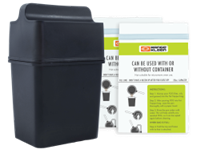 Bags
Bags 
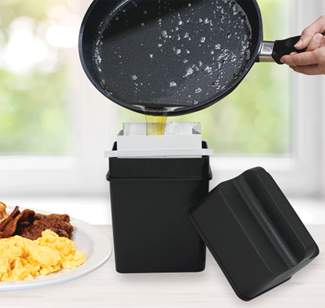
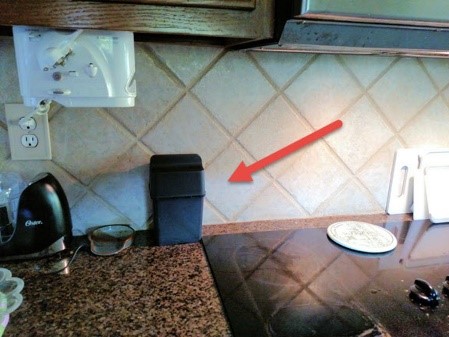

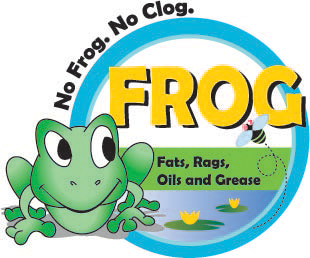 in 2021!
in 2021!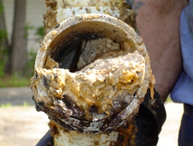
 ssssfklsdjfk
ssssfklsdjfk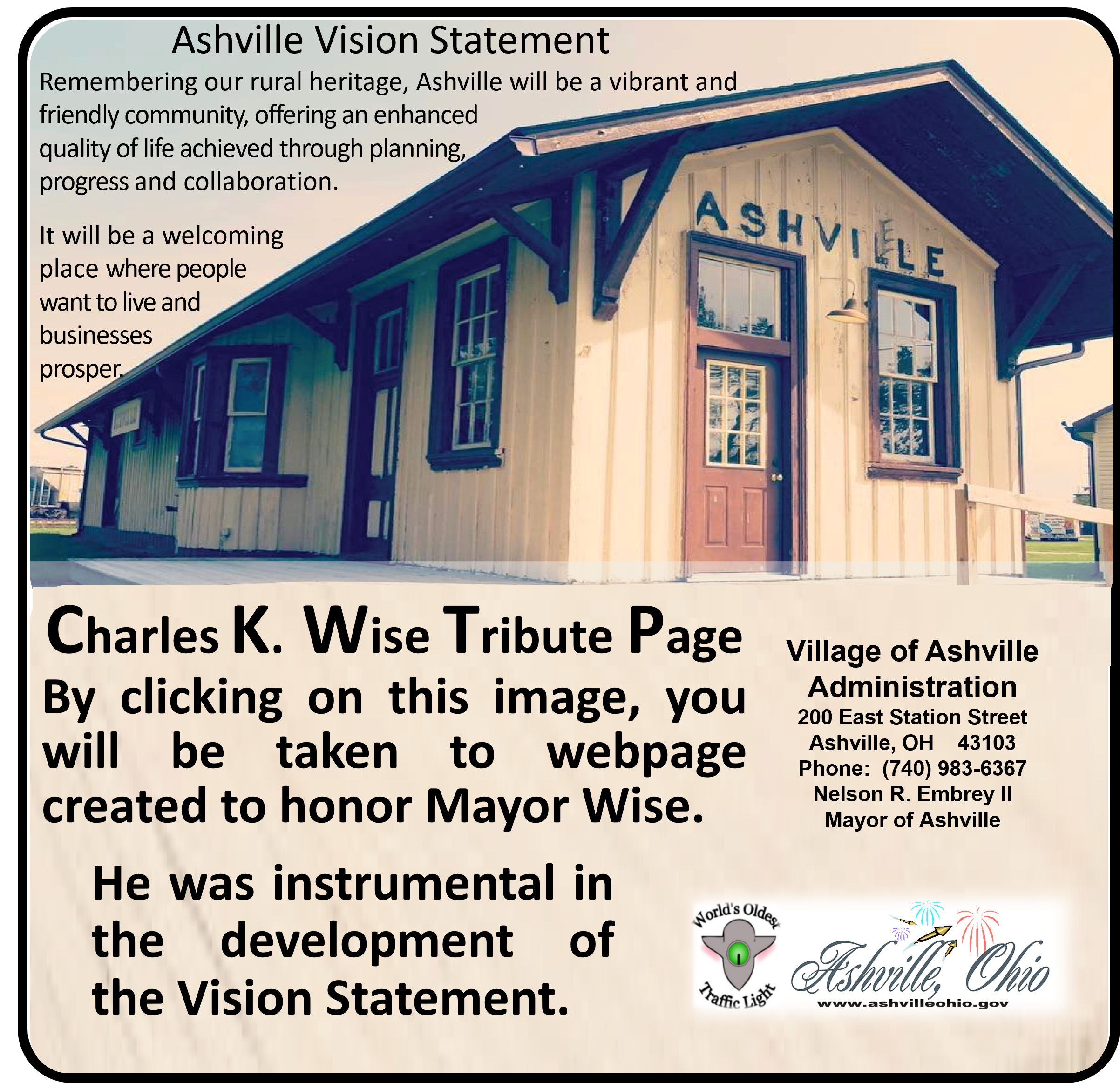

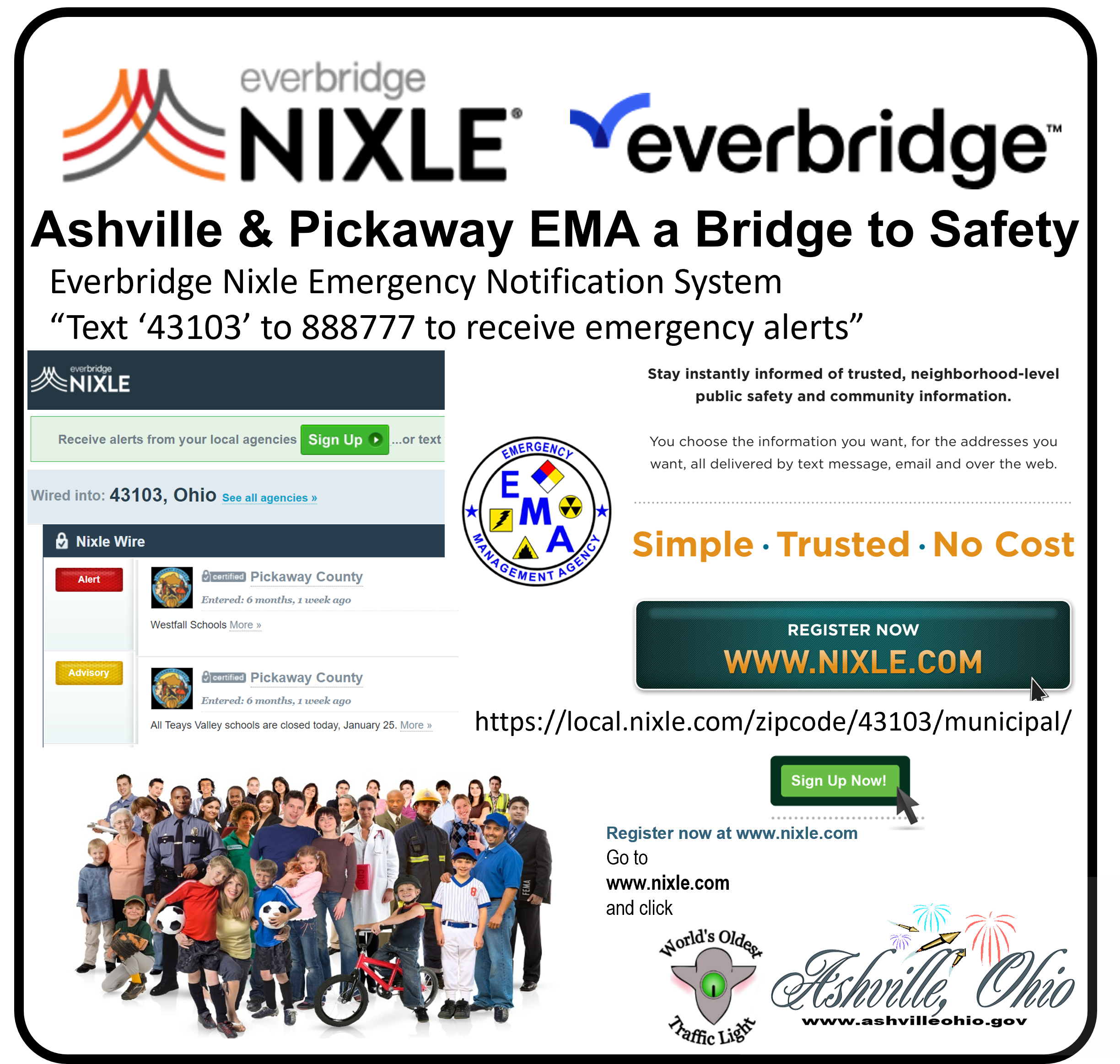
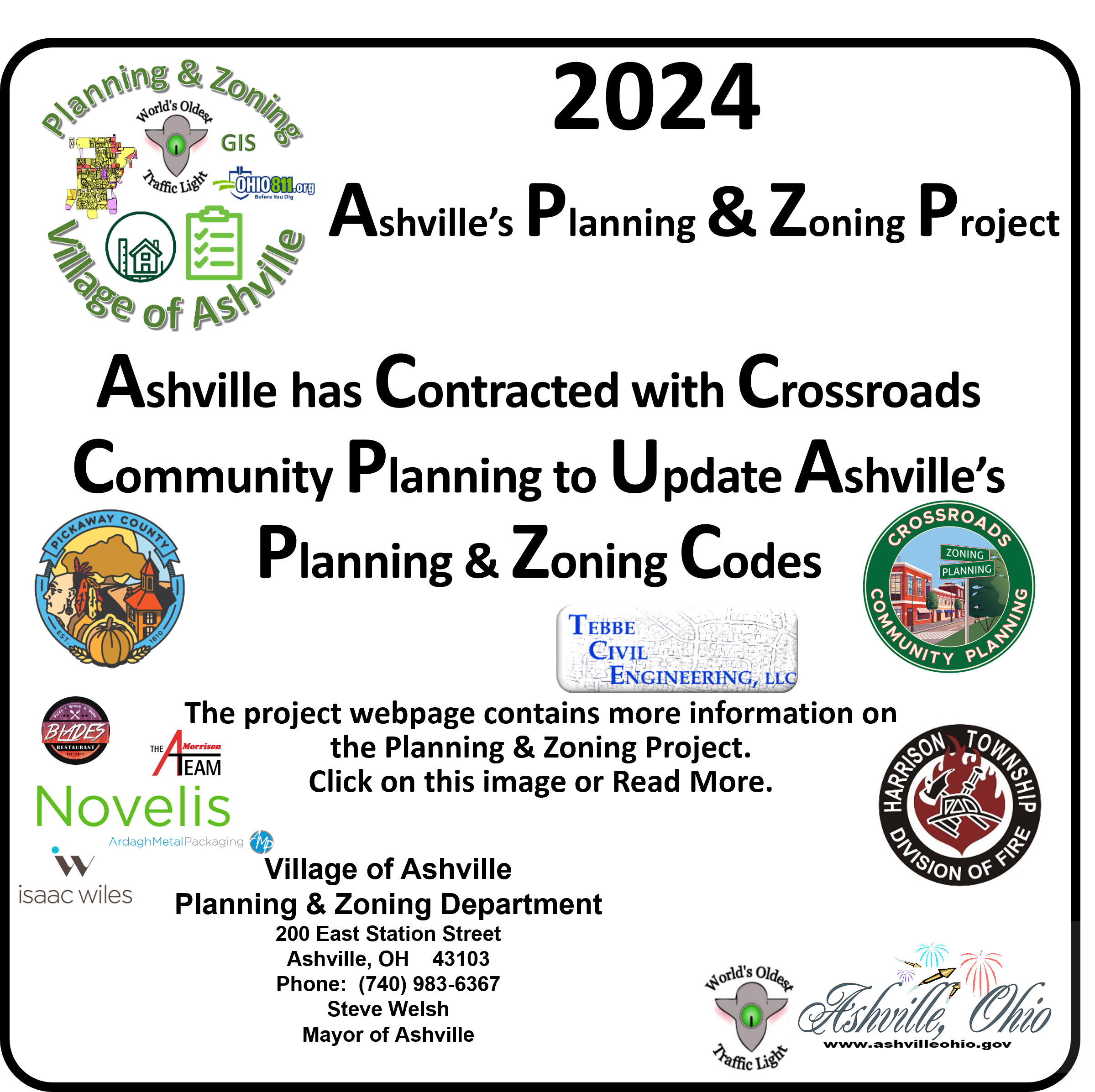

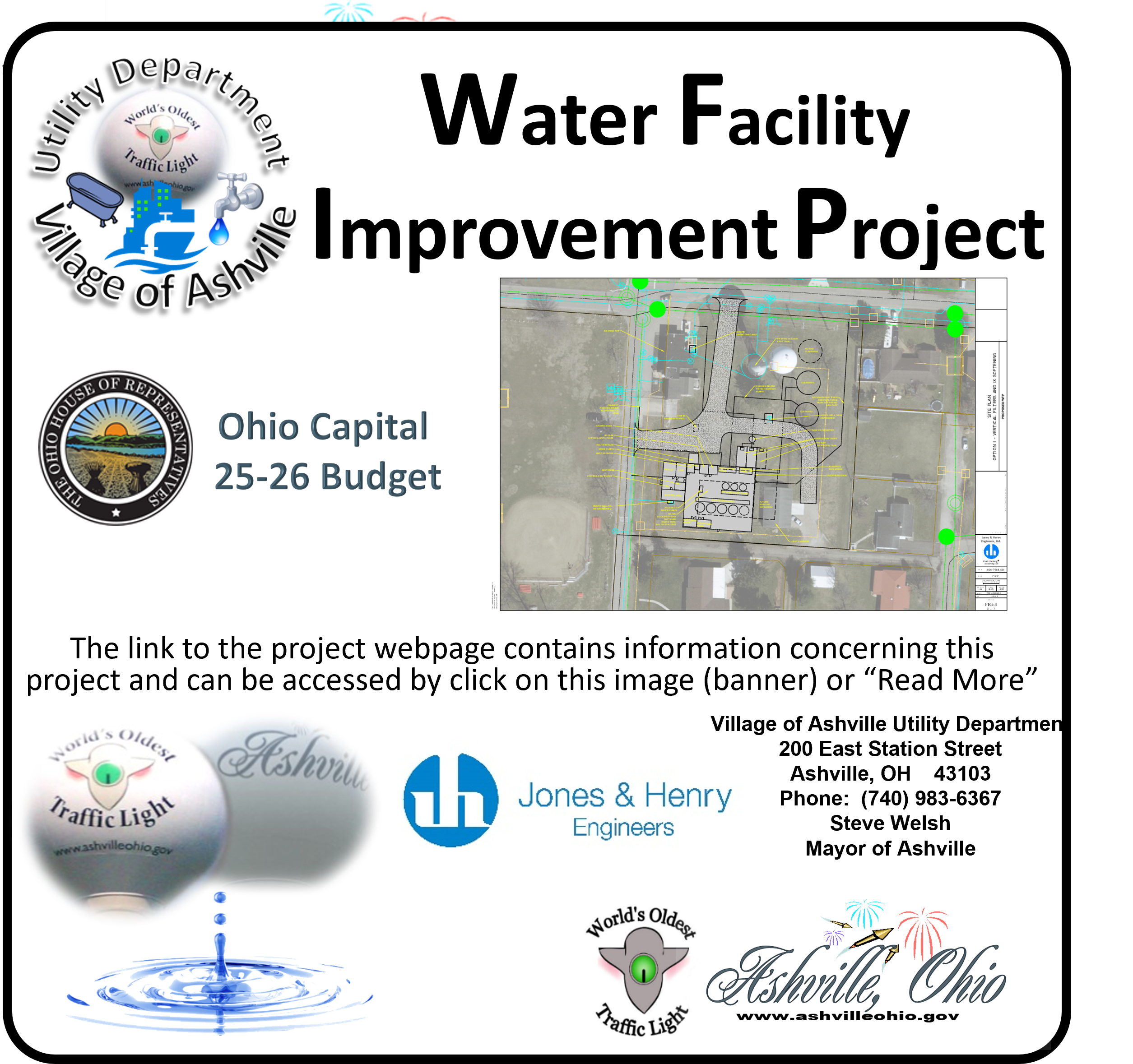
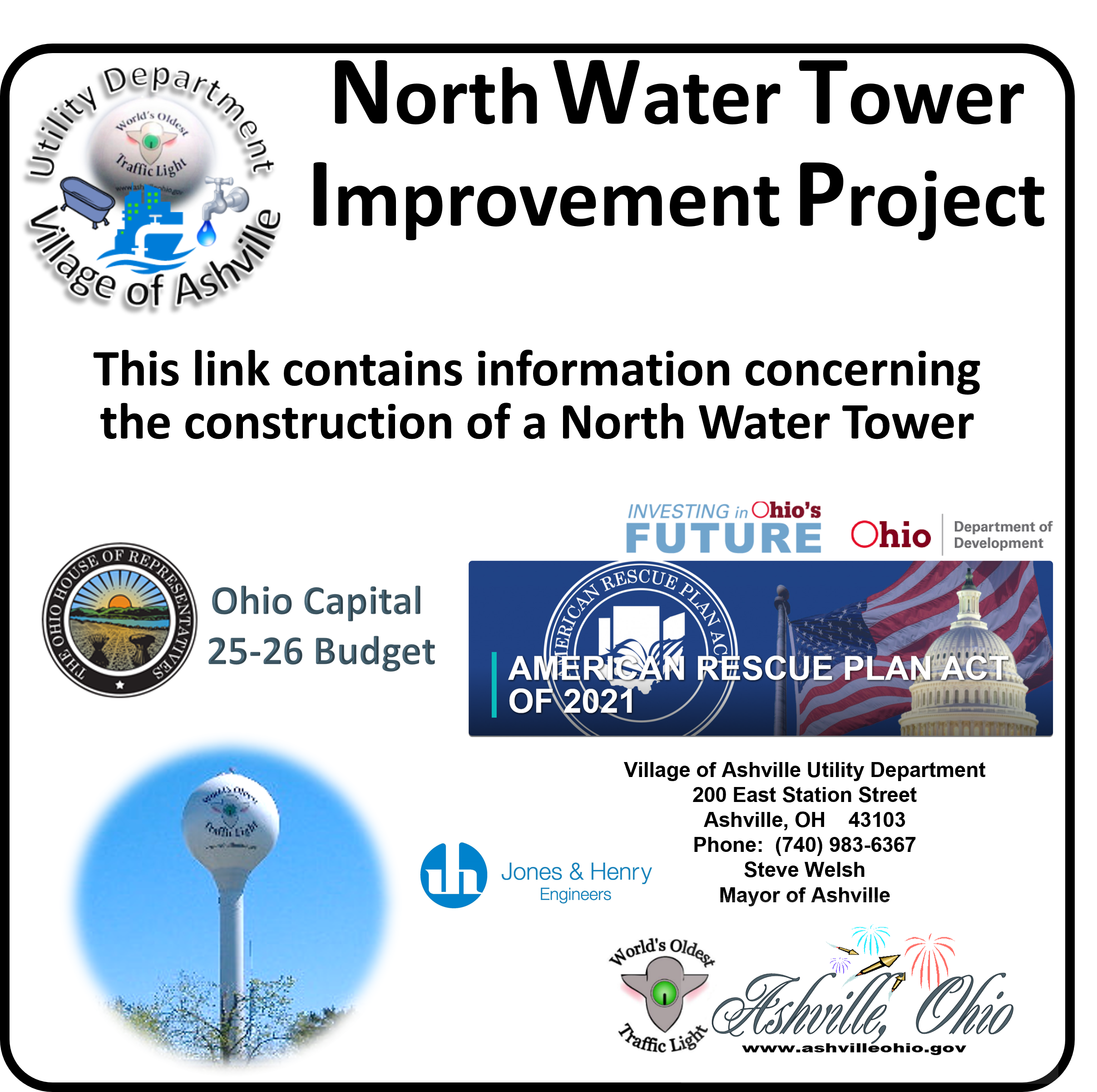

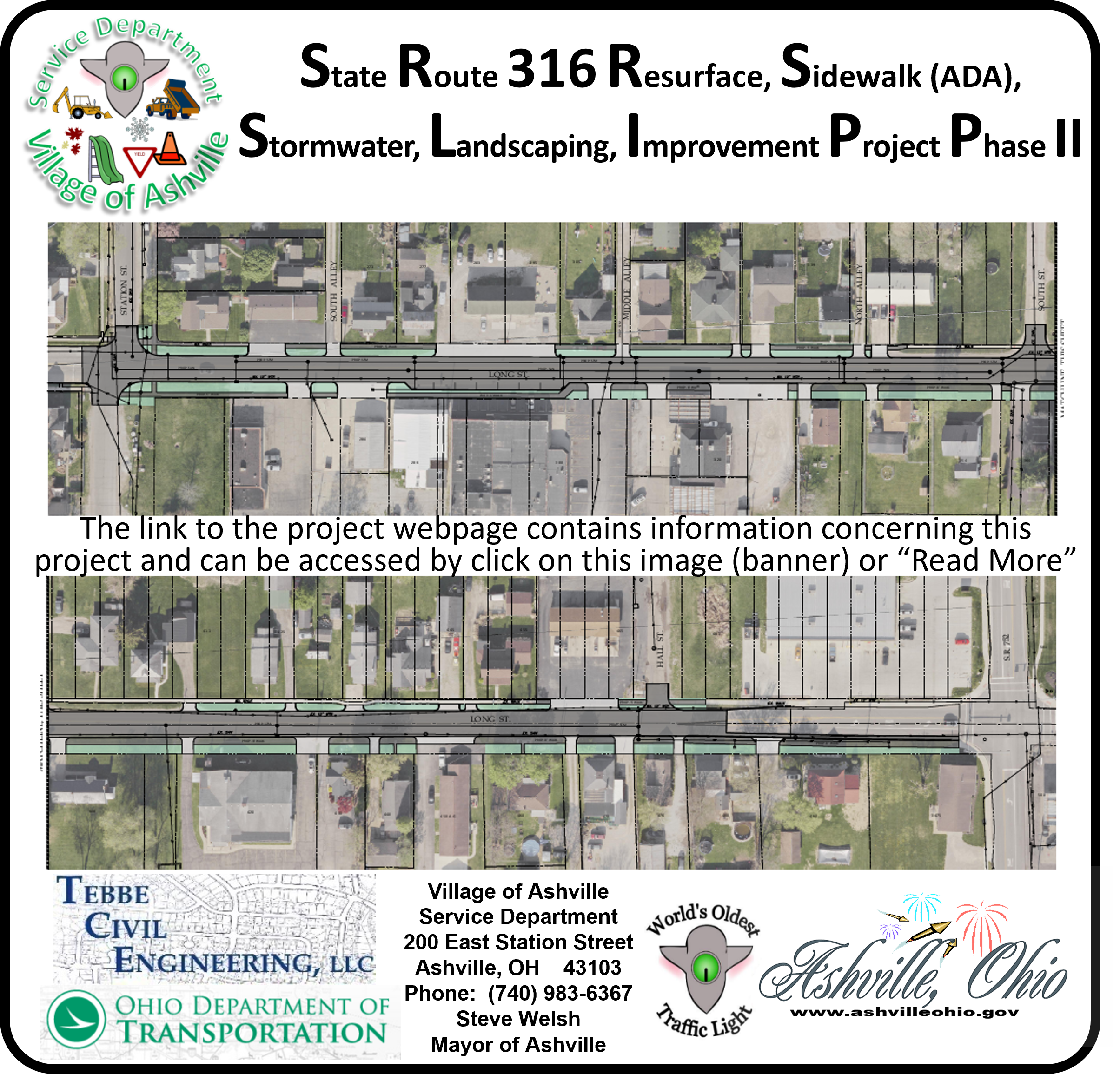
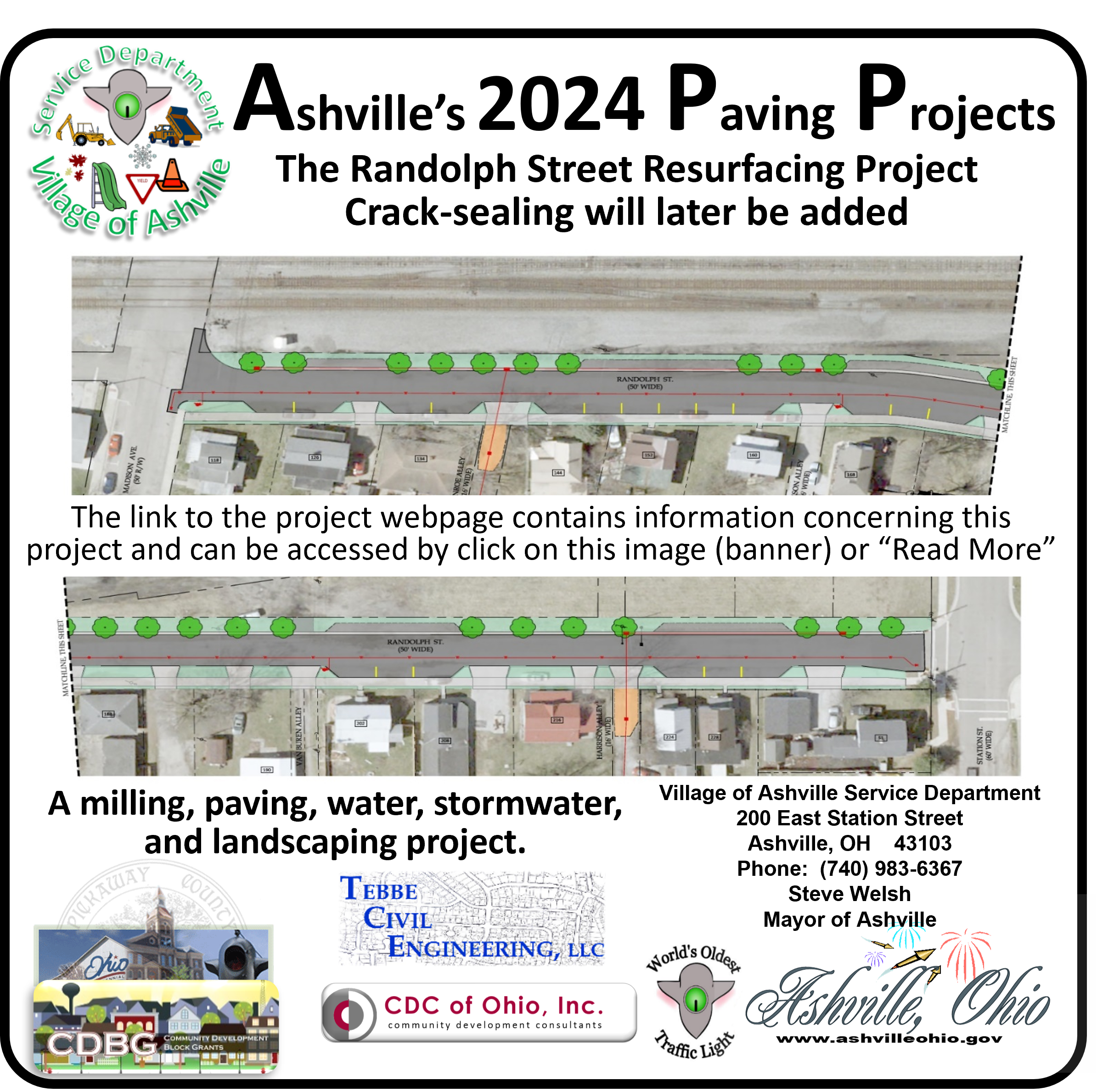



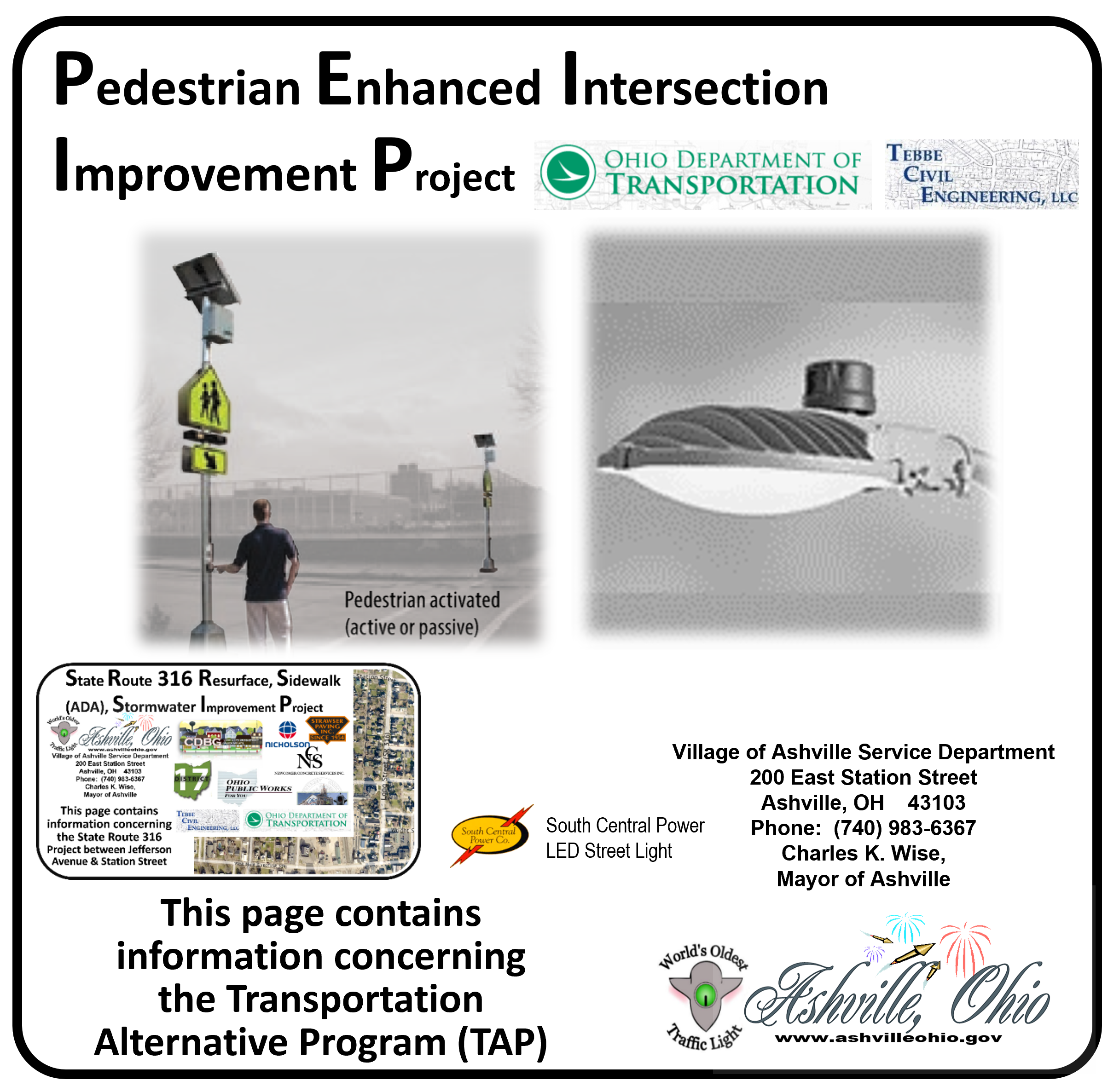
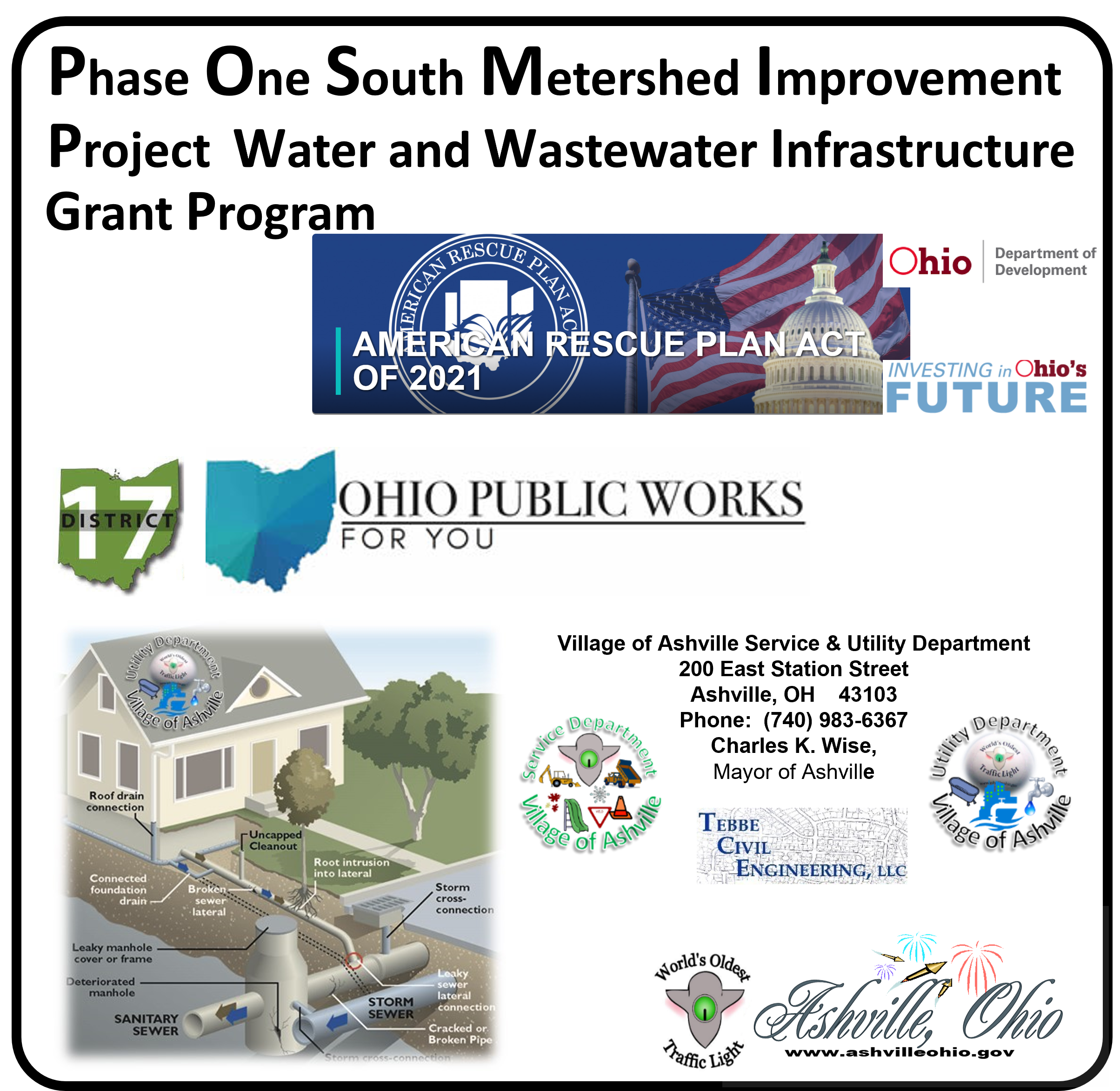


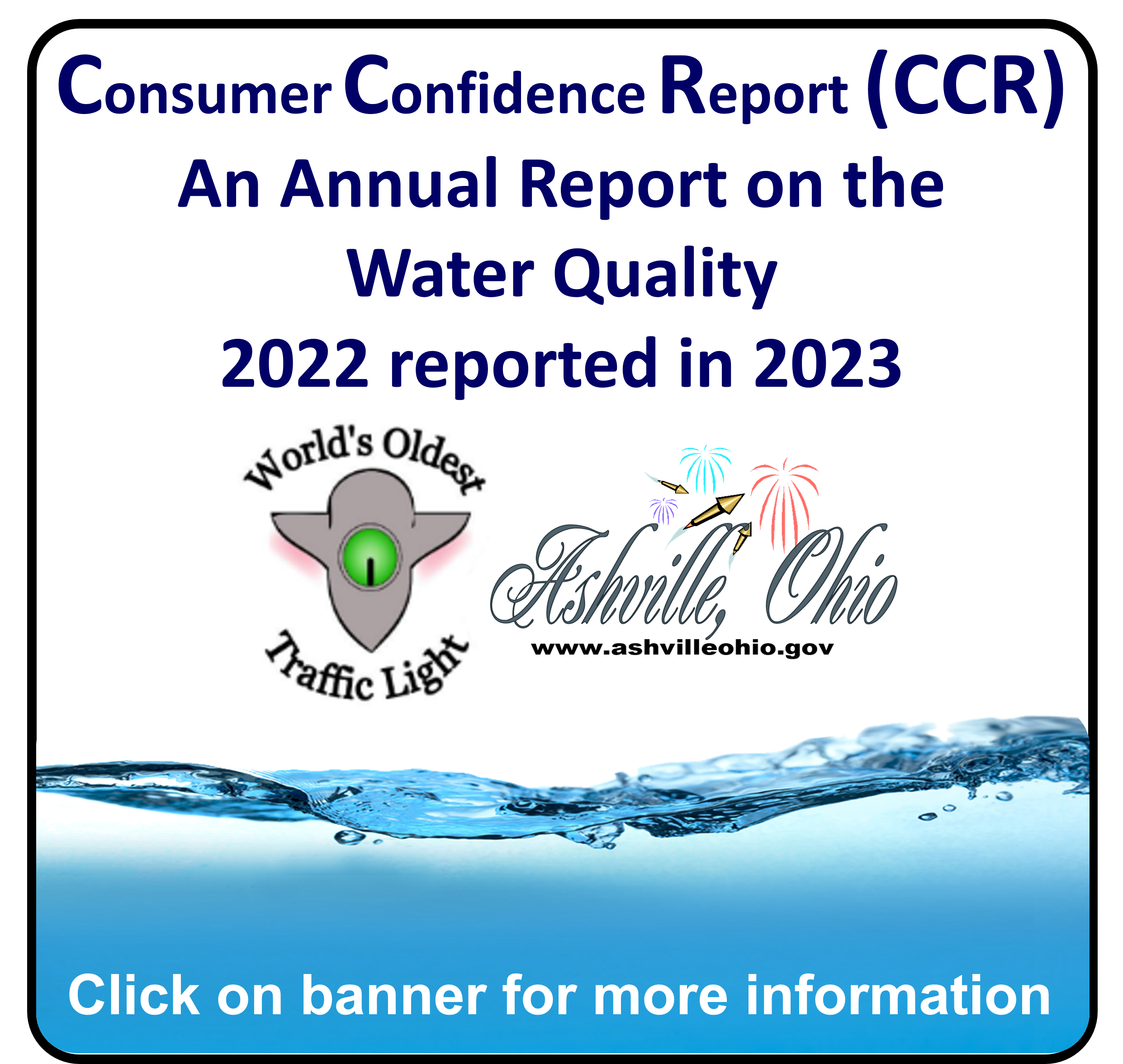

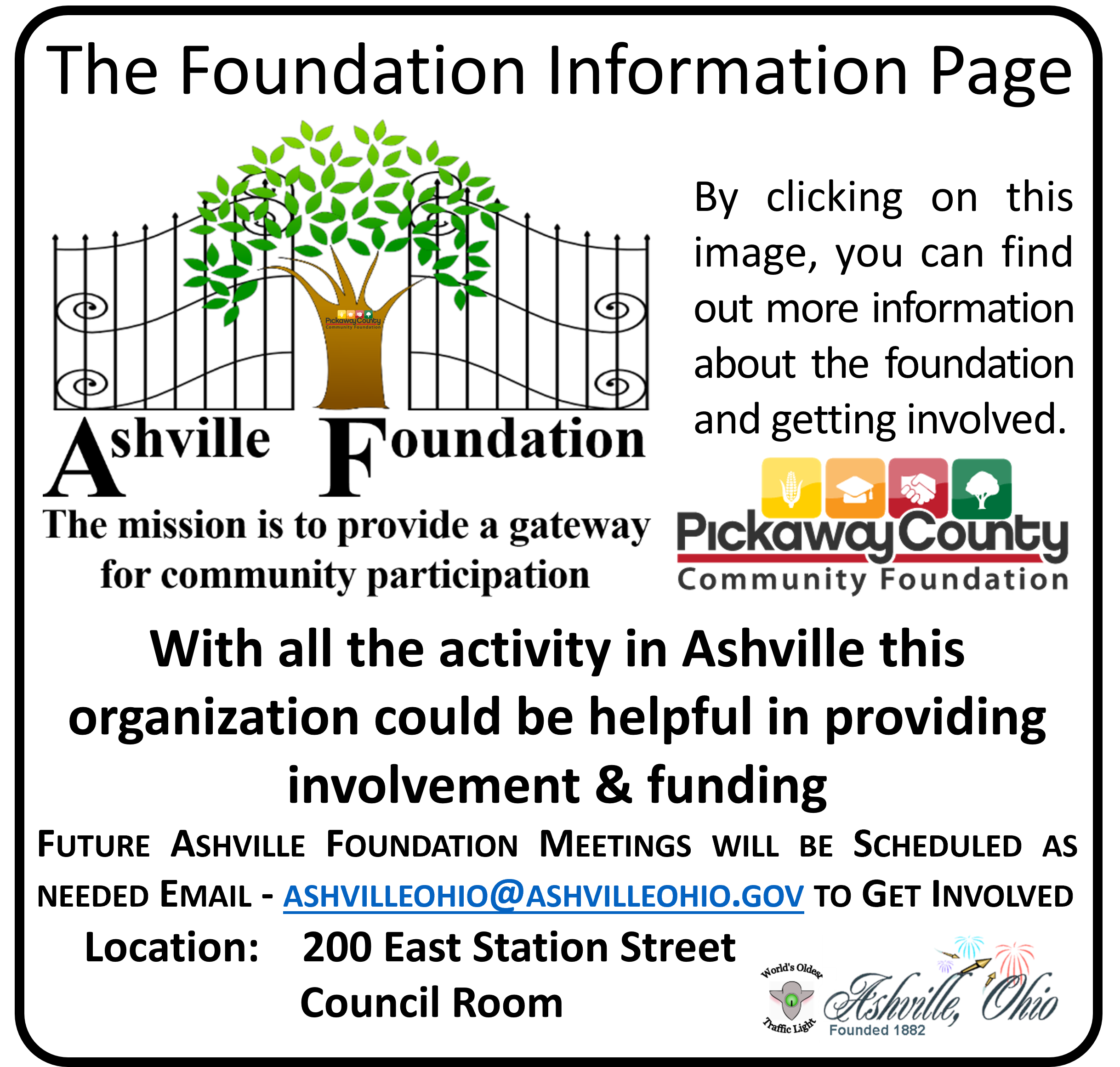
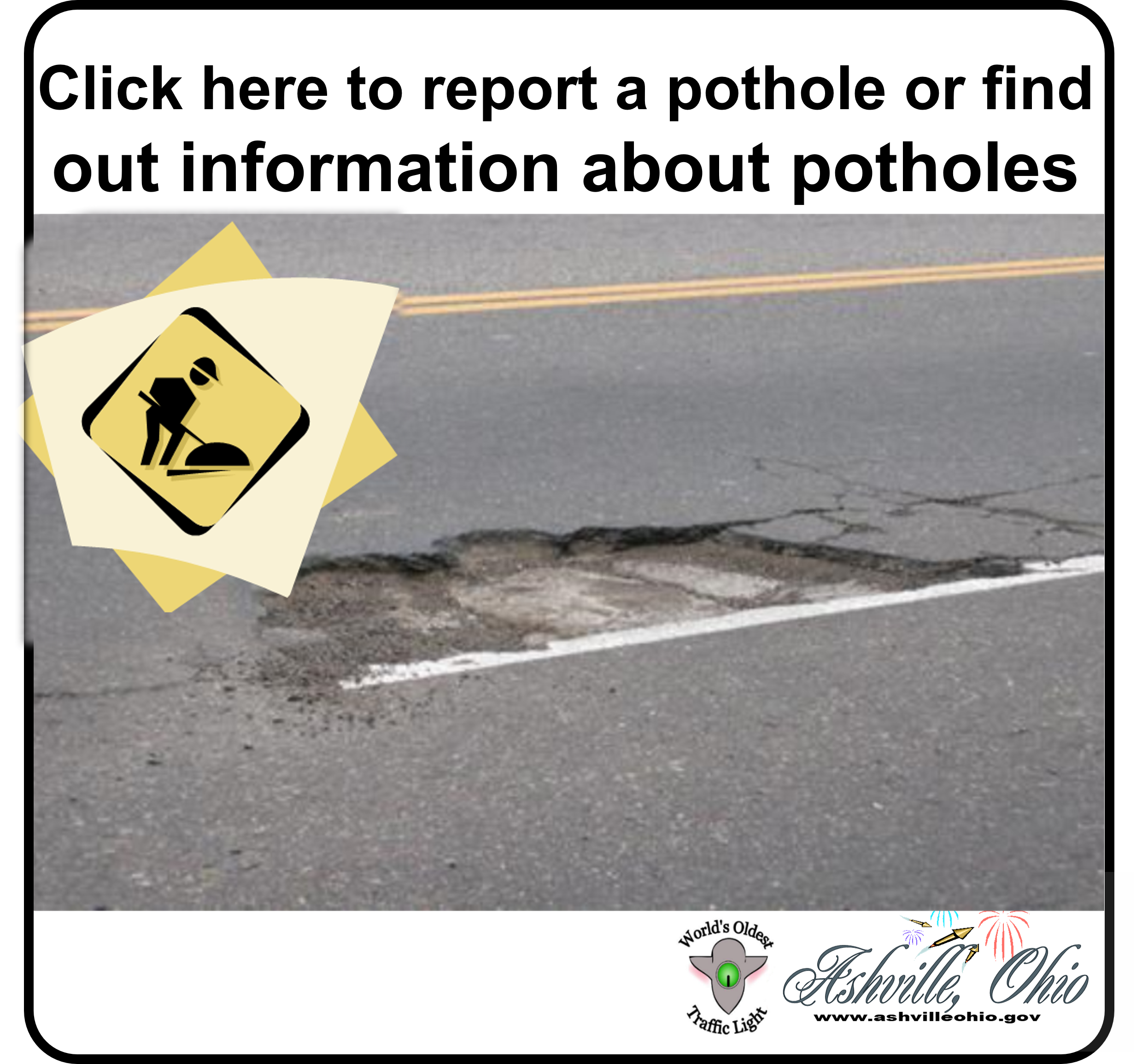
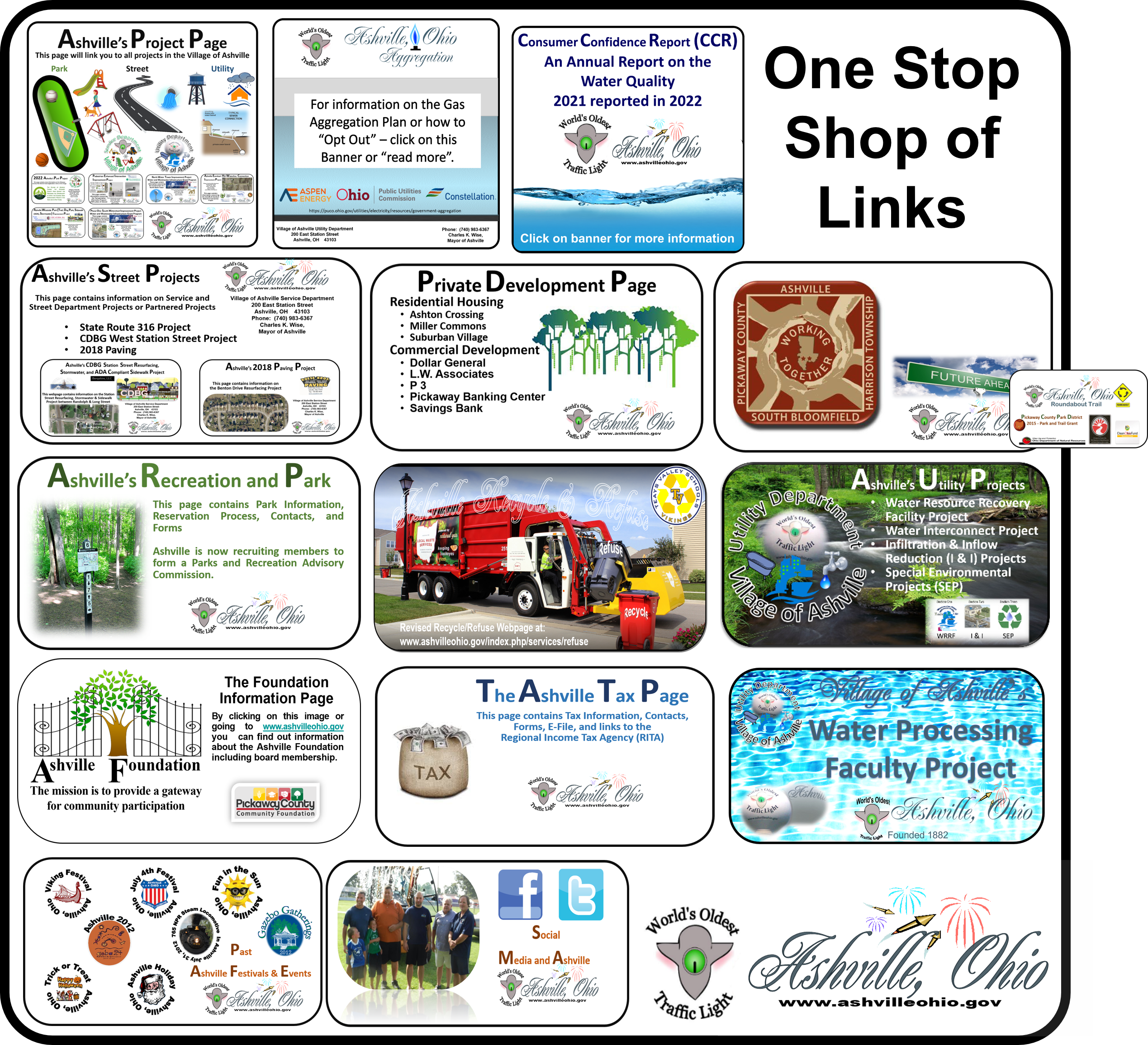











 Paper Materials (Acceptable)
Paper Materials (Acceptable) Paper Materials (Un-Acceptable)
Paper Materials (Un-Acceptable)